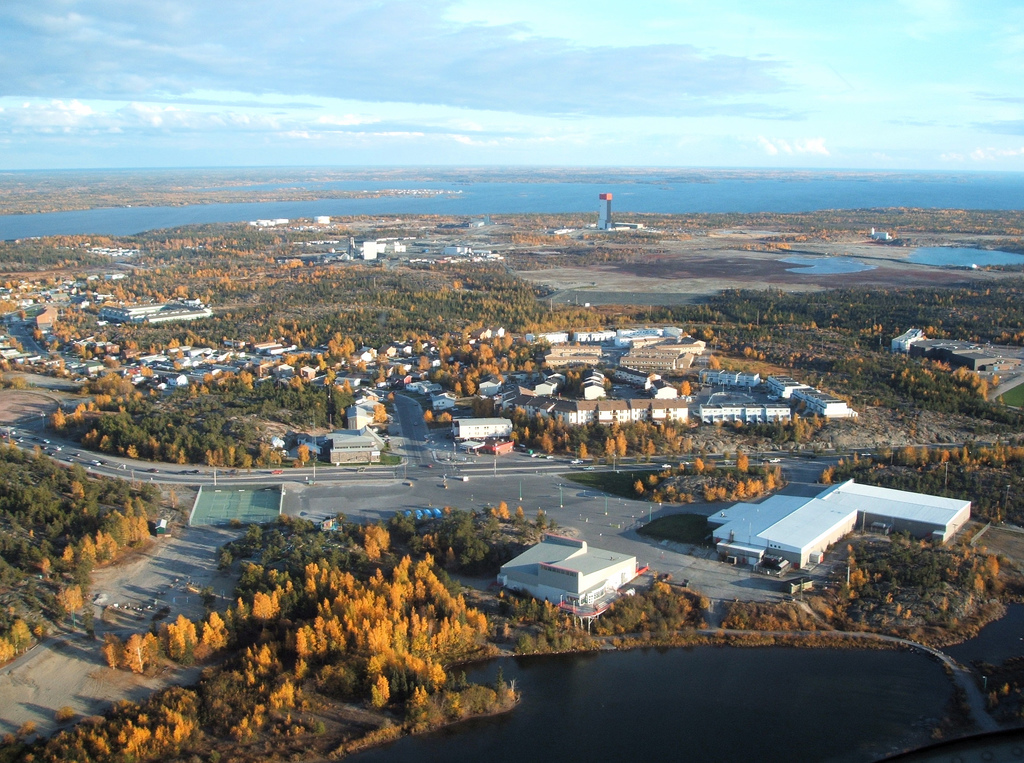Two expeditions assess geothermal potential in Northern Canada

Researchers of INRS in Quebec exploring the geothermal potential in the Northwest Territories and Northern Quebec in the Northern part of Canada.
The Institut national de la recherche scientifique (INRS), a research-oriented constituent of the Université du Québec system, recently shared details on two expeditions exploring the geothermal potential in Yellowknife and Nunavik in the Northwest Territories of Canada and in Northern Quebec.
In 2020, the expeditions of several research teams were canceled due to the COVID-19 pandemic. Professor Jasmin Raymond> is therefore very happy to see the students of his team on the ground again this summer. In fact, three projects are underway, in different regions of the Northwest Territories and northern Quebec.
In the heart of these regions, three master’s students from INRS undertook to probe rock and soil to expand scientific knowledge on geothermal energy.
From geothermal energy to Yellowknife …
On the edge of an outcrop near Great Slave Lake, Professor Raymond and student Dan Ngoyo Mandemvo measure fracture spacing in rock. This fieldwork allows them to assess the permeability of the rock, an important factor in determining its geothermal potential.
In collaboration with the Geological Survey of the Northwest Territories, they are carrying out their work at the Con mine.
“It’s a former gold mine, now filled with water. It offers a large geothermal reservoir which, thanks to heat pumps, could heat and cool buildings. ” – Jasmin Raymond, scientific manager of the open geothermal laboratory
The Con-Mine project has been reported on in the past and was planned to develop geothermal heating for the city of Yellowknife back in 2010-2011, yet was seen as not feasible in 2014.
In addition to the permeability of the rock, the two researchers must determine the temperature profile in the old ventilation shafts of the mine and outside, in old exploration drilling. The information they came to seek in the field will be used to develop a digital model by Dan Ngoyo Mandemvo. This model will simulate the groundwater flow and heat transfer processes to replicate the operation of the geothermal system. “All the field data will allow us to know how much energy we could extract from the mine,” reports Professor Raymond, holder of the INQ Research Chair on the geothermal potential of the North.
… Thermal storage in Nunavik!
Thousands of kilometers away, in Nunavik, two other teams are at work under the supervision of Félix-Antoine Comeau, research officer in Professor Raymond’s group. The members of these teams assess the geothermal potential in the villages of Whapmagoostui-Kuujjuarapik and Umiujaq.
At Whapmagoostui-Kuujjuarapik, student Hubert Langevin focuses on underground thermal storage. “It determines whether it will be possible to produce heat, send it into the ground, then withdraw it in winter to heat the buildings,” explains Jasmin Raymond. Using a heating cable, the student set out to test the thermal properties of the soil with heat injection tests.
A little further north, in Umiujaq, student David Moreno studies geological formations. “Here, we are thinking of using a geothermal heat pump, which extracts heat from the ground. With this approach, we also want to contribute to the stability of permafrost by cooling it to heat buildings.”
Source: INRS